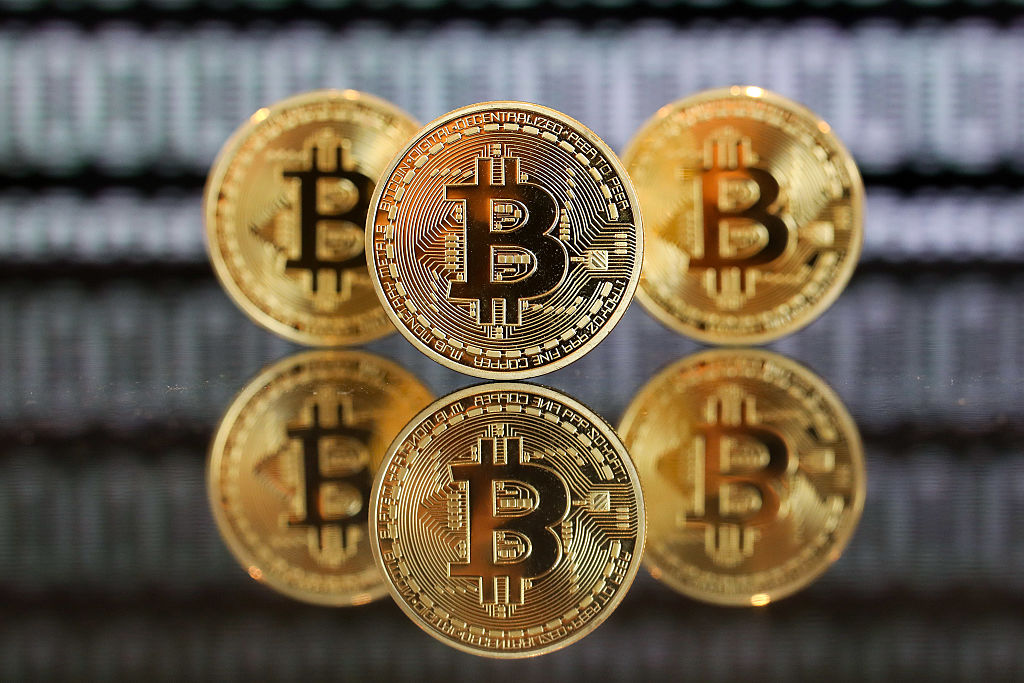Strive Asset Management Seeks SEC Approval for Innovative Bitcoin Bond ETF
07.01.2025 9:00 1 min. read Alexander Zdravkov
Strive Asset Management, co-founded by Vivek Ramaswamy, has entered the spotlight with its filing for a groundbreaking Bitcoin Bond ETF.
This innovative exchange-traded fund is designed to invest in derivatives like swaps and options, as well as bonds from companies with significant Bitcoin holdings, such as MicroStrategy. The ETF’s approval by the SEC could potentially pave the way for greater institutional participation in Bitcoin, driving demand and strengthening its appeal.
This move reflects a broader trend among corporations increasingly embracing Bitcoin as a strategic reserve asset. MicroStrategy, for instance, recently expanded its Bitcoin portfolio by purchasing 1,070 BTC, highlighting the growing interest in the cryptocurrency. Strive’s ETF aims to capitalize on this momentum, providing a new avenue for exposure to Bitcoin-linked financial instruments.
Market sentiment around Bitcoin remains bullish. BTC has seen a 6% gain over the past week, with its price currently hovering near $100,000. Trading volumes have surged by over 56%, while futures open interest has jumped by 13%, signaling heightened investor confidence.
The introduction of this Bitcoin Bond ETF could amplify Bitcoin’s upward trajectory if approved, aligning with the trend of increasing inflows into digital asset funds in 2024. While the potential for growth is evident, the inherent volatility of the crypto market underscores the need for cautious investment strategies.
-
1
Over $5.8 Billion in Ethereum and Bitcoin Options Expired Today: What to Expect?
18.07.2025 16:00 2 min. read -
2
Bitcoin Sparks Clash Between Mike Novogratz and Peter Schiff
13.07.2025 10:00 1 min. read -
3
Robert Kiyosaki Reacts to Bitcoin’s Surge Past $120K: “I’m Buying One More”
14.07.2025 17:00 1 min. read -
4
Has BTC Topped? Key Signals Suggest The Rally isn’t Over
15.07.2025 21:00 2 min. read -
5
Bitcoin Outlook: Rising U.S. Debt and Subdued Euphoria Suggest More Upside Ahead
11.07.2025 18:30 1 min. read
Here is How Much Bitcoin Should Cost to Surpass Amazon, Apple, and Gold
As Bitcoin continues its steady ascent in 2025, comparisons with the world’s largest assets are once again gaining traction.
Bitcoin Stalls Below $120K as Markets Signal Late-Cycle Fatigue, Says QCP Capital
Bitcoin is treading water near the $120,000 resistance, with persistent bids around $116,000 offering a firm base—but failing to ignite fresh upside momentum.
Strategy Adds 21,021 Bitcoin at $117,000, Pushing Total Holdings Past $46 Billion
Michael Saylor, executive chairman of Strategy, has revealed that the company has acquired an additional 21,021 Bitcoin for approximately $2.46 billion, paying an average price of $117,256 per BTC.
Bitcoin Funding Rates Stay Elevated—Rally Ahead or Shakeout Coming?
As Bitcoin continues to consolidate above $100K, a critical market signal is flashing: BTC funding rates remain elevated, even as price action cools.
-
1
Over $5.8 Billion in Ethereum and Bitcoin Options Expired Today: What to Expect?
18.07.2025 16:00 2 min. read -
2
Bitcoin Sparks Clash Between Mike Novogratz and Peter Schiff
13.07.2025 10:00 1 min. read -
3
Robert Kiyosaki Reacts to Bitcoin’s Surge Past $120K: “I’m Buying One More”
14.07.2025 17:00 1 min. read -
4
Has BTC Topped? Key Signals Suggest The Rally isn’t Over
15.07.2025 21:00 2 min. read -
5
Bitcoin Outlook: Rising U.S. Debt and Subdued Euphoria Suggest More Upside Ahead
11.07.2025 18:30 1 min. read


